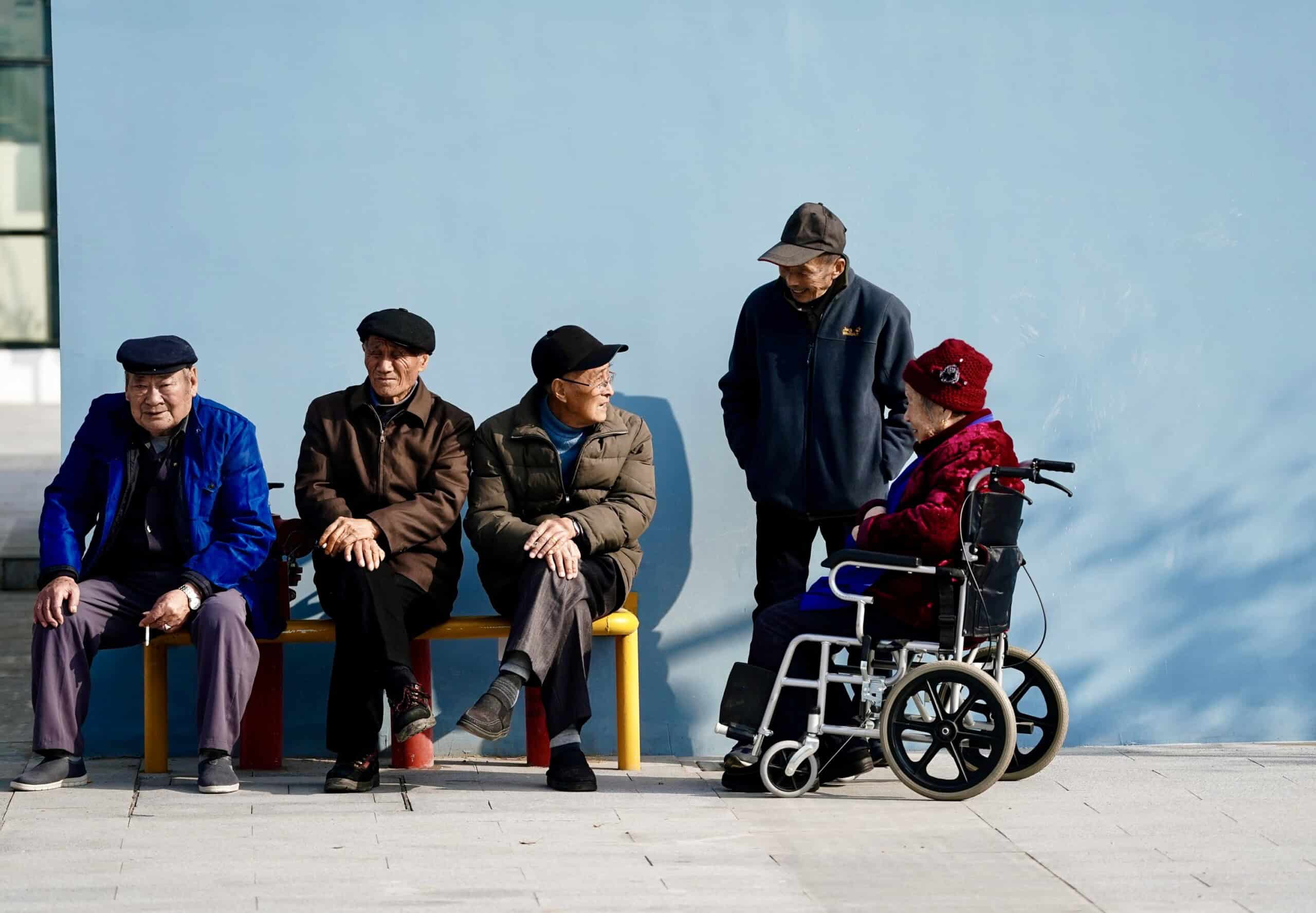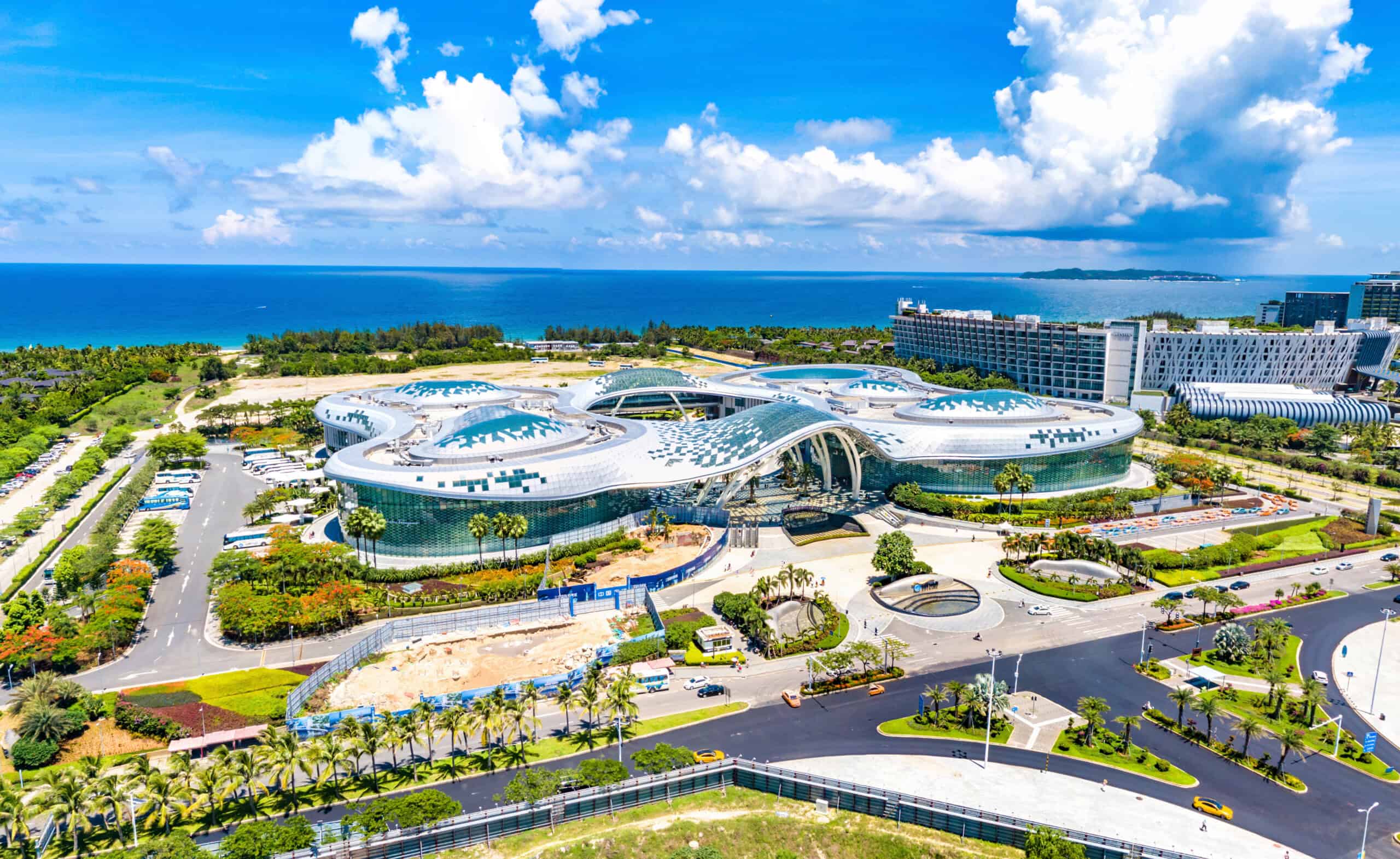
Hainan, China’s southernmost province, is famous for its sandy beaches and tropical scenery. Six years ago, the so-called “Hawaii of China” drew extra attention as the focus of one of Xi Jinping’s flagship economic growth efforts.

China’s leader announced plans in 2018 to make Hainan into the country’s largest free trade zone, with low barriers to foreign investment in sectors from finance to education and medical services. The island would also become a place where foreign tourists from nearly 60 countries could visit without a visa and shop for duty-free cosmetics, imported cars and even yachts.
Yet Hainan’s development is currently falling far short of lofty expectations. For the first three quarters of this year, the province’s economy grew by just 3.2 percent year-on-year, far short of the local government’s full year 8 percent target and well below China’s national growth of 4.6 percent. And while half of China’s 31 provincial-level regions were behind their revenue growth targets through the first seven months of the year, Hainan was falling short by the most, based on government data.
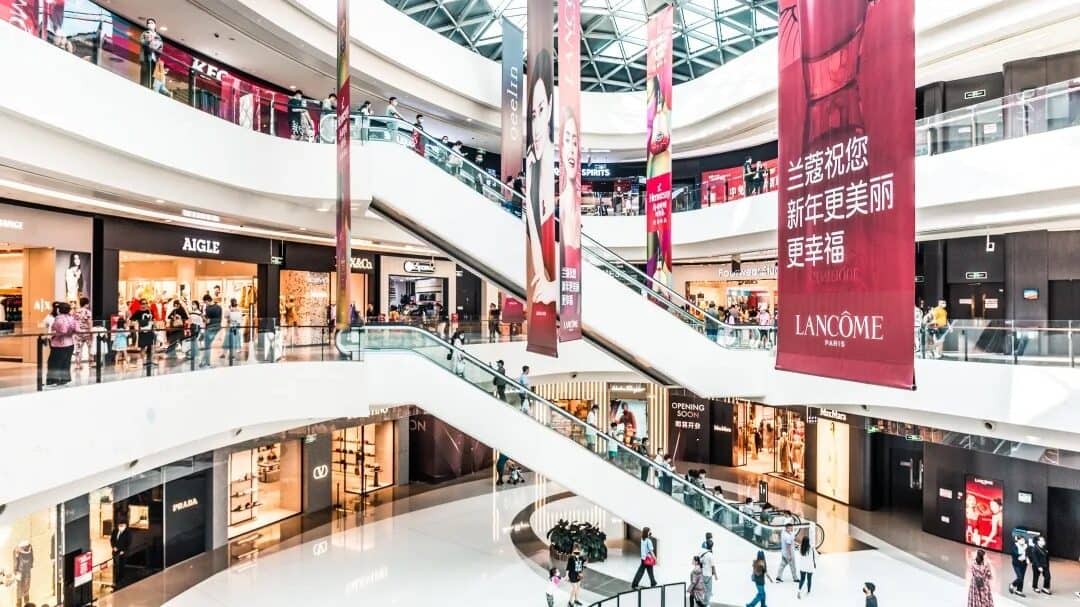
Part of Hainan’s problem is that Chinese consumers have yet to shake off their post-pandemic funk. Tourist numbers to the island are up nearly 10 percent so far this year, but duty-free sales are still down by 30.7 percent over the first nine months of 2024, according to Hainan customs data.
But experts say the broader failure of Hainan to become a business and financial hub to come anywhere close to rivaling Hong Kong, which lies around 300 miles to its northeast, is symptomatic of China’s dwindling appeal to foreign investors and companies. Foreign direct investment into Hainan fell by 12 percent in 2023 year-on-year, according to data from CEIC, an economic data provider.
…Western countries are not interested in absorbing a lot more of China’s goods. There’s only so much they can do if the geopolitical environment is limiting the markets that these free trade zones can give access to.
Ngeow Chow-Bing, director of the Institute of China Studies at the University of Malaya
In a Chinese-language article published in the state-owned Legal Daily earlier this year, Chi Fulin, a government advisor in Hainan and president of the China Institute for Reform and Development, a research institute, recognized that the province’s “free trade port policy has limited appeal to U.S. and European capital…In 2022, Europe’s only investment in Hainan was $350 million from the UK, while the U.S. invested just $53,000.”
Compared to other Chinese free trade zones, Hainan has “the most widespread, the most open, the most reformist set of policies,” says Ngeow Chow-Bing, director of the Institute of China Studies at the University of Malaya. “But Western countries are not interested in absorbing a lot more of China’s goods. There’s only so much they can do if the geopolitical environment is limiting the markets that these free trade zones can give access to.”
Beijing’s reform efforts for Hainan in fact started more than 30 years ago. In 1988, the island was separated from nearby Guangdong province, and a plan was set out to create China’s largest special economic development zone. In 2010, China launched a further effort to develop Hainan into an “international tourist island”; eight years on Xi set out his even greater ambitions for the province, which for years had been one of China’s most backward regions economically.
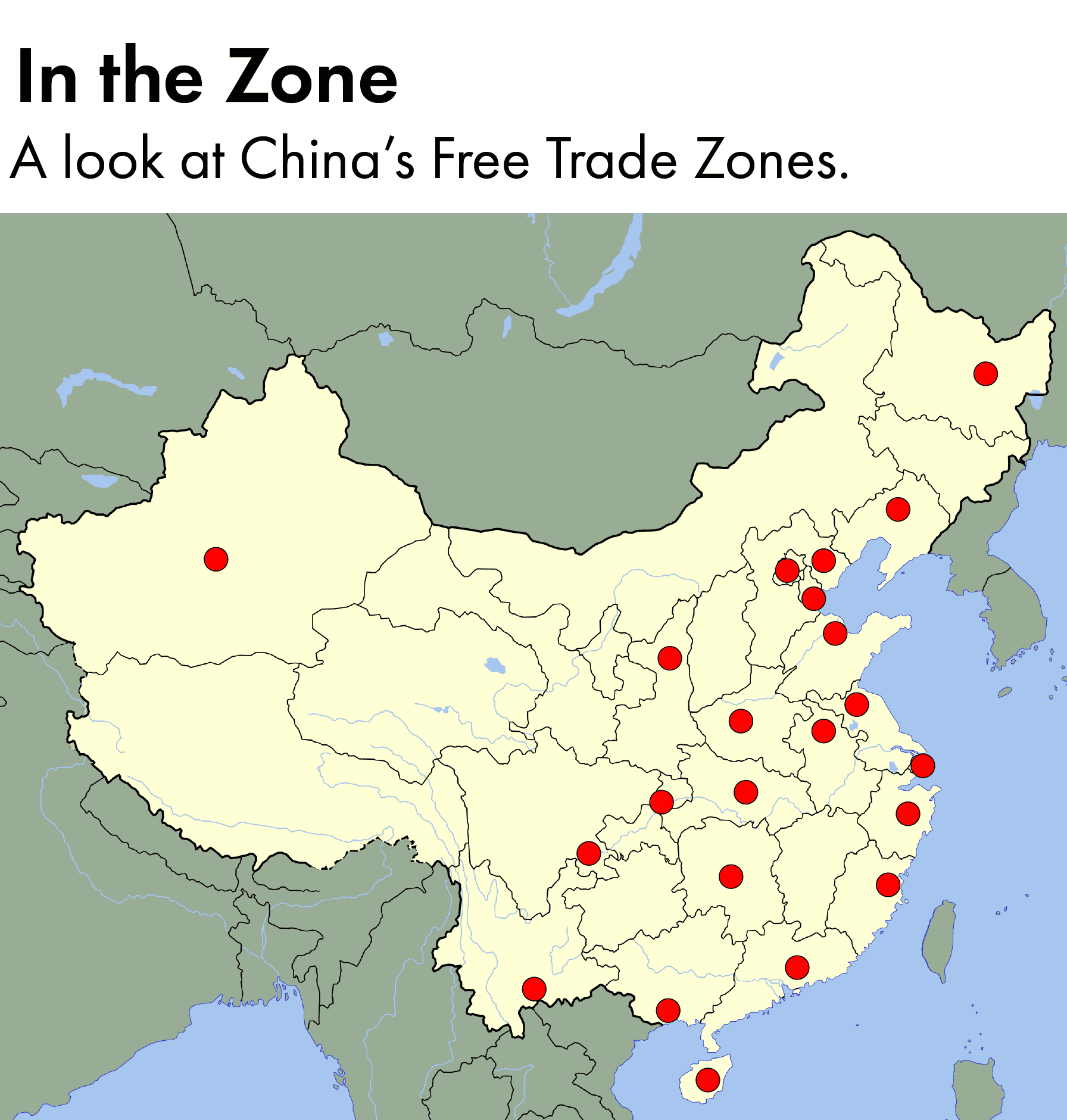
For sure, other parts of China have been allowed to operate under more liberal trade and investment rules, a policy that in various forms dates back to the early years of the country’s ‘reform and opening up’ in the 1980s, when it established a number of special economic zones. Over the past few decades, the Chinese government has established at least 22 free trade zones nationwide, including in cities like Tianjin, Fuzhou and Qingdao.
But the Chinese government’s 2018 initiative was designed to make Hainan especially open. The province has since actively encouraged investment in sectors like healthcare, finance, and education, while its negative list — which sets out the areas in which foreign investment is restricted in China — is the shortest among the country’s free trade zones.
Some argue that despite Hainan’s openness, its fundamental problem in attracting investment is that it lacks some of the key elements that, at least until recently, helped drive Hong Kong’s success: an independent legal system, free flow of information, and a small, efficient administration.
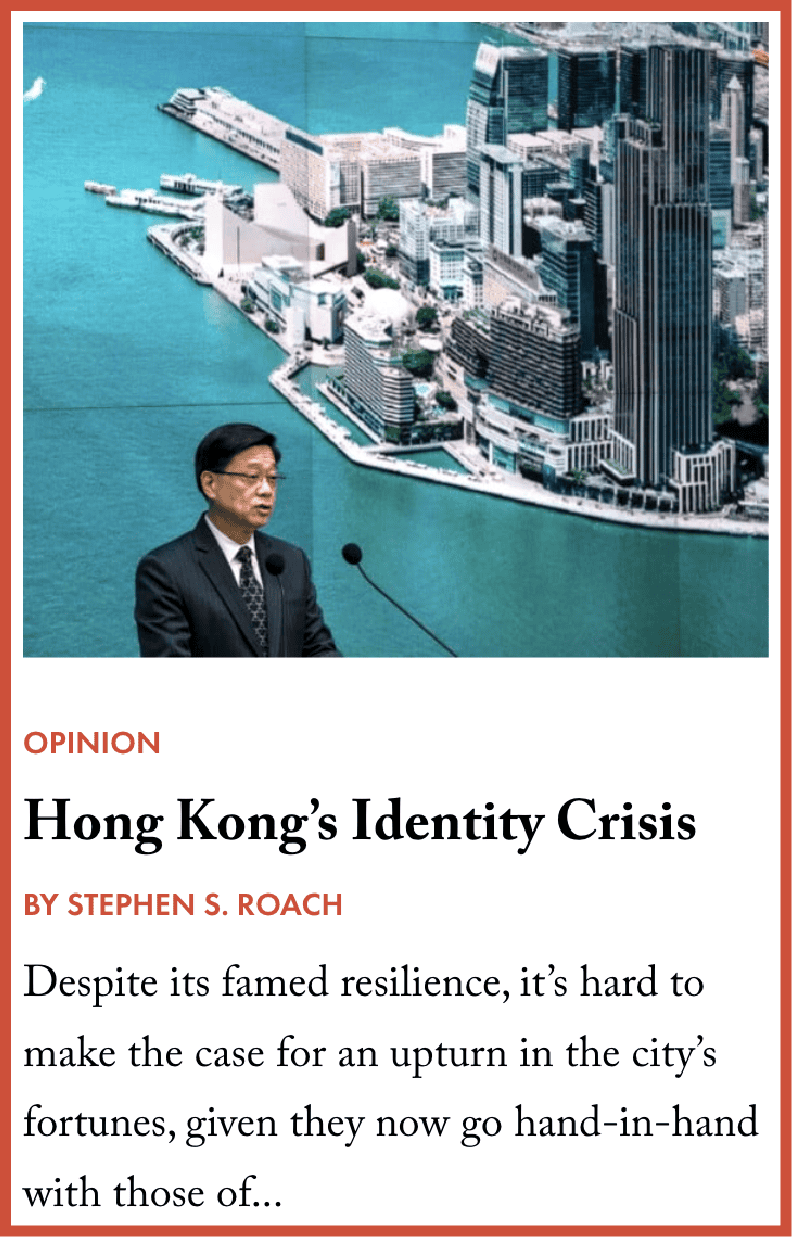
“If Hainan is to create a business environment like Hong Kong’s, it must have an independent judiciary that ensures people have confidence in impartial justice,” says He-Ling Shi, an economics professor at Monash University in Melbourne, Australia, referring to the legal framework governing trade. “But in the current environment, not only is Hainan unable to achieve this, but even Hong Kong can also no longer do so.”
Others point to the difficulty Hainan has faced in shaking off its reputation within China.
“Hainan is somewhat like a frontier region of China, it doesn’t have the best concentration of talent, or the best industrial ecosystem,“ says the University of Malaya’s Ngeow. “Hainan is always seen as a backwater, not a place where the most talented people in China will go to find their career.”
Progress on opening up Hainan and China’s other free trade zones has failed to keep pace with government rhetoric to date, others suggest.
“The problem with free trade zones, and especially Hainan, is that the promised lifting of barriers has not happened,” said Alicia García-Herrero, the chief economist for Asia at Natixis, a French investment bank. “There are a number of regulations that free trade zones should have been lifted, such as the negative list for investment, an investment law, and the opening of all sectors, but this is clearly not the case.”
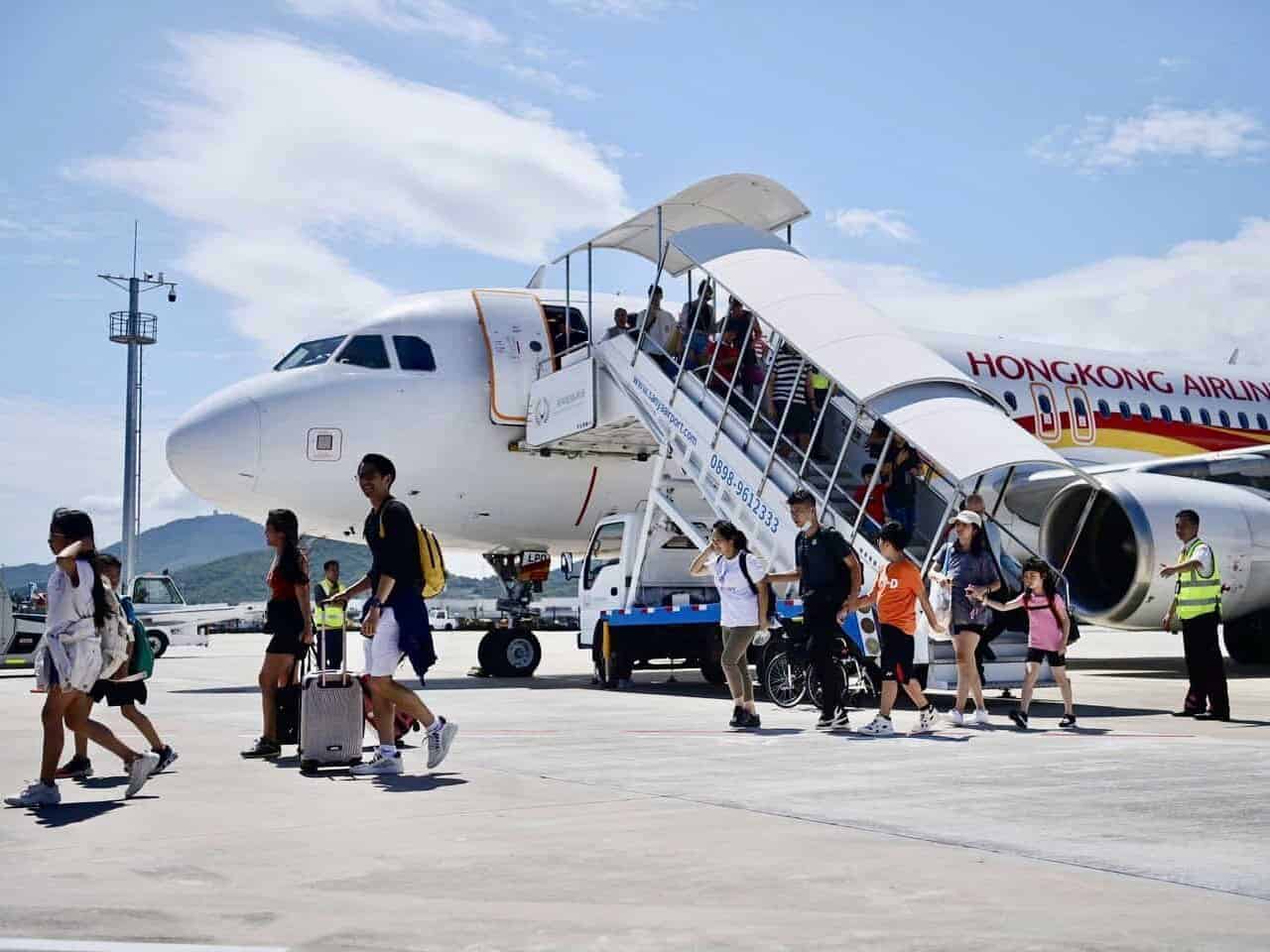
Meanwhile Beijing’s ambitions for Hainan to become the world’s largest duty-free shopping area by 2025 appear to be falling victim to the country’s broader economic sluggishness. The province now operates as a duty-free zone featuring its own customs system, where shoppers can buy up to RMB 100,000 ($14,280) worth of duty-free goods annually, the highest tax-free shopping limit in the world.
“China is now experiencing a consumption downgrade, with tourists coming but not spending a lot,” says He-Ling Shi.
One factor in the decline in duty-free shopping may be the Chinese government’s crackdown on what’s known as ‘daigou’(代购) whereby individuals make tax-free purchases in zones like Hainan and then sell the goods on illicitly elsewhere in China. Since May 2023, when the Chinese government intensified its crackdown on daigou, sales of cosmetics and perfumes in Hainan have dropped nearly 35 percent, according to S&P Global.
Hainan’s poor economic performance has drawn the attention of local officials, at least. At a recent meeting, the Hainan provincial government emphasized the need to “do everything possible” to meet this year’s economic and social development goals; and in a statement released after the meeting it urged government staff to adopt a “no excuses” attitude and to “make full use of every minute and every second.”

Yi Liu is a New York-based staff writer at The Wire. She previously worked at The New York Times and Beijing News. Her work has also appeared in China Project, ChinaFile and Initium Media.

